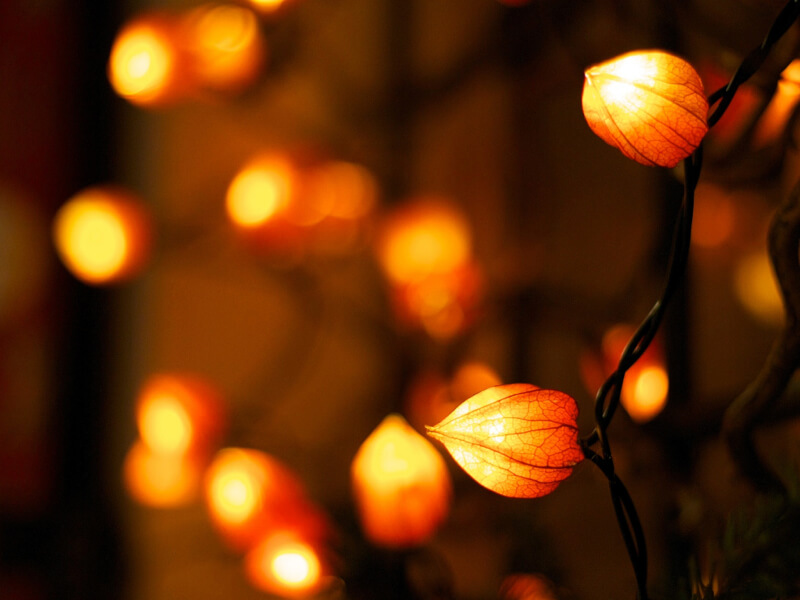
Let data = Object.assign(, ) # Create Event Callback on Tap and use the CustomJS callback we have defined in the display_event functionįig. Charts Example-1: Create a bar chart and visualize it on web browser using Bokeh We will follow above listed steps to create a chart: Import library from bokeh.

#Bokeh examples code#
add_tools (HoverTool (tooltips =tooltips, renderers = ) )Ĭallback = CustomJS (args = dict (source =source, selected =selected ), code = """ Hover_fill_color = 'black', hover_alpha = 0.5 )įig. See the sections below for examples of using Bokeh in different ways. These controls provide interactive interface to a plot. circle (source =source, x = 'x', y = 'y' ,Ĭolor = 'green', size = 10, alpha = 0.5 , The module contains definitions of GUI objects similar to HTML form elements, such as button, slider, checkbox, radio button, etc.
#Bokeh examples how to#
Fig = figure (title = 'My Coordinates: Select the Circles' , Enter your email to get a FREE course on how to win photo contests, and receive the best. on_change ( 'value', update_data ) # Set up layouts and add to document inputs = column ( text, offset, amplitude, phase, freq ) bokeh_app = pn. data = dict ( x = x, y = y ) for w in : w.
#Bokeh examples download#
Download the bokeh sample data first import bokeh. on_change ( 'value', update_title ) def update_data ( attrname, old, new ): # Get the current slider values a = amplitude. The code below shows an Excel worksheet function that generates a bokeh figure and displays it in Excel. pi ) freq = Slider ( title = "frequency", value = 1.0, start = 0.1, end = 5.1, step = 0.1 ) # Set up callbacks def update_title ( attrname, old, new ): plot. line ( 'x', 'y', source = source, line_width = 3, line_alpha = 0.6 ) # Set up widgets text = TextInput ( title = "title", value = 'my sine wave' ) offset = Slider ( title = "offset", value = 0.0, start =- 5.0, end = 5.0, step = 0.1 ) amplitude = Slider ( title = "amplitude", value = 1.0, start =- 5.0, end = 5.0, step = 0.1 ) phase = Slider ( title = "phase", value = 0.0, start = 0.0, end = 2 * np. To create beautiful bokeh shots, make sure you also illuminate your subject adequately. sin ( x ) source = ColumnDataSource ( data = dict ( x = x, y = y )) # Set up plot plot = figure ( plot_height = 400, plot_width = 400, title = "my sine wave", tools = "crosshair,pan,reset,save,wheel_zoom", x_range =, y_range = ) plot. For good Bokeh, ideally points and lines would blur smoothly as they fell out of focus, in the manner, for example, of a smooth Gaussian blurring. To make the bokeh even larger, use a small f-number like f/1.8. The farther away the lights are, the softer the effect will be. These examples have been automatically selected and may contain sensitive content that does not reflect the. You can download the examples and code snippets from the Real Python GitHub repo. Bokeh sentences Collins English Sentences. Bokeh ( p, theme = "dark_minimal" ) bokeh_paneįrom bokeh.layouts import column, row from bokeh.models import ColumnDataSource, Slider, TextInput # Set up data N = 200 x = np. A soft window or artificial light works very well. Transform your data into visualizations, using Bokeh Customize and organize your visualizations Add interactivity to your visualizations So let’s jump in. wedge ( x = 0, y = 1, radius = 0.4, start_angle = cumsum ( 'angle', include_zero = True ), end_angle = cumsum ( 'angle' ), line_color = "white", fill_color = 'color', legend_field = 'country', source = data ) p.

sum () * 2 * pi data = Category20c p = figure ( plot_height = 350, title = "Pie Chart", toolbar_location = None, tools = "hover", tooltips =, x_range = ( - 0.5, 1.0 )) r = p. From math import pi from bokeh.palettes import Category20c, Category20 from otting import figure from ansform import cumsum x = ) data = data / data.


 0 kommentar(er)
0 kommentar(er)
